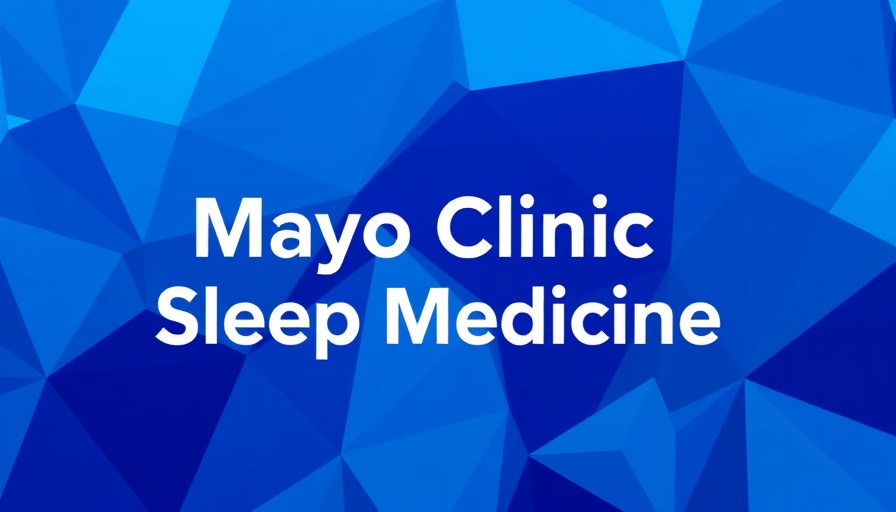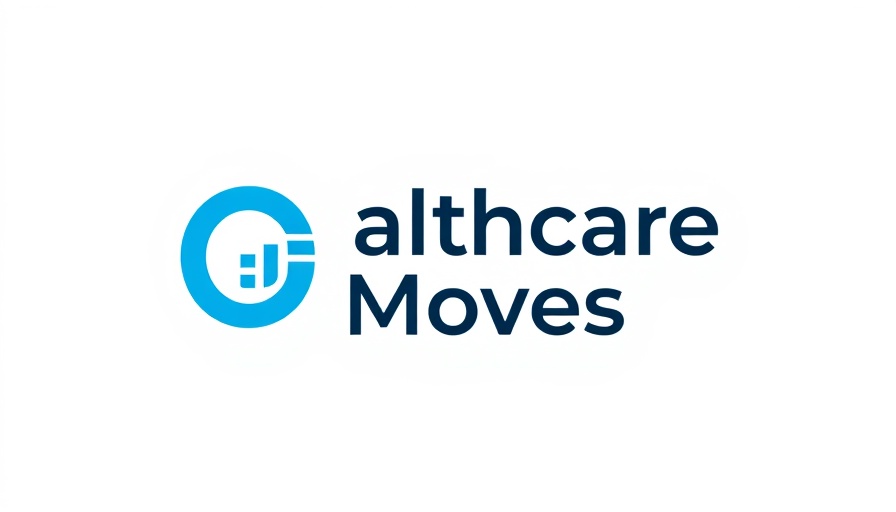
Delays in Patient Care: The Consequences of a Bureaucratic Review Process
In late June, the Gallup Indian Medical Center, which serves residents of the Navajo Nation, announced the temporary suspension of vital ultrasound services due to staffing shortages exacerbated by a new contract review initiated by the U.S. Department of Health and Human Services (HHS). This policy, aimed at enhancing efficiency, instead has resulted in significant bottlenecks that compromise healthcare delivery for one of the most underserved populations in the country.
The Impact on IHS Facilities Across the Nation
The Gallup center's situation is indicative of a broader trend plaguing Indian Health Services (IHS) facilities nationwide. Under the new contract review process, formally known as the Presidential Appointee Approver and Departmental Efficiency Review (PAA-DER), necessary approvals can take weeks or longer, leading to significant delays in hiring and renewing essential medical contracts. This not only affects staffing levels and medical services directly but also disrupts the critical resources that medical personnel rely on to provide adequate care.
Real Stories: The Human Cost of Inefficiency
Healthcare professionals within the IHS system express frustration at how this bureaucratic procedure is creating barriers where there should be solutions. A healthcare provider from the Navajo Nation described how an inability to access essential medical reference libraries is hindering their capacity to deliver timely treatments. Similar reports from various IHS locations have demonstrated that a once reliable health service is now struggling under its own administrative weight.
Calls for Reform: A Need for Effective Solutions
Advocates for improved health services in Native American communities are rallying for a reassessment of these new policies and their unintended consequences. The executive order promoting efficiency, while seemingly beneficial, has had an adverse impact by introducing complex regulations that slow down the very processes intended to streamline them. As W. Ron Allen of the Jamestown S’Klallam Tribe points out, the irony of this approach could lead to a healthier America being replaced with growing inefficiencies.
What This Means for the Future of Healthcare in Indian Country
As discussions unfold and pressures mount for revisiting the current process, it becomes clear that a collaborative approach between government entities and health service providers is essential. Implementing real solutions that protect both the interests of the American taxpayer and the health of vulnerable populations must be a priority. The efficiency needed in healthcare should not come at the cost of detrimentally impacting service delivery.
 Add Row
Add Row  Add
Add 




Write A Comment